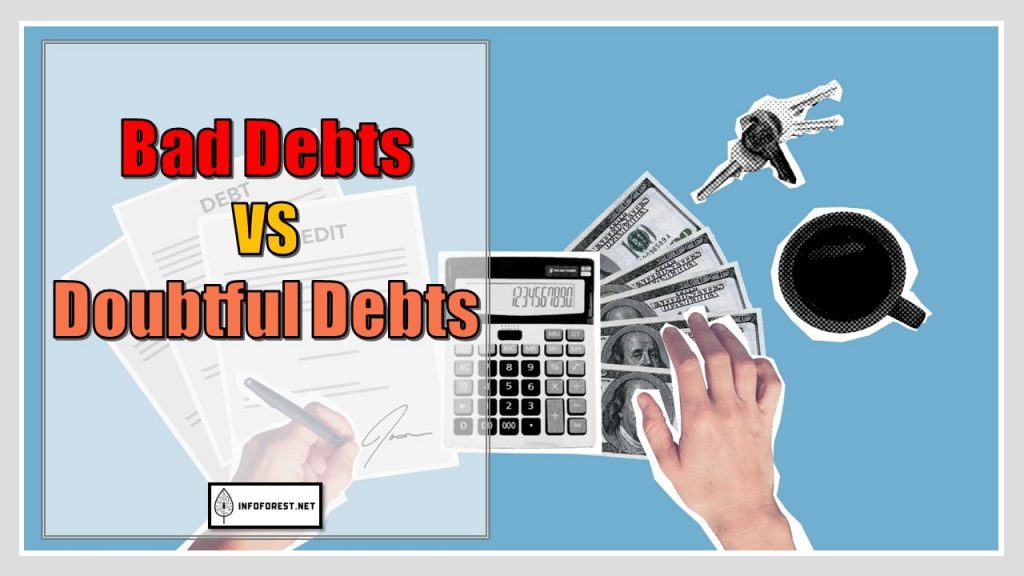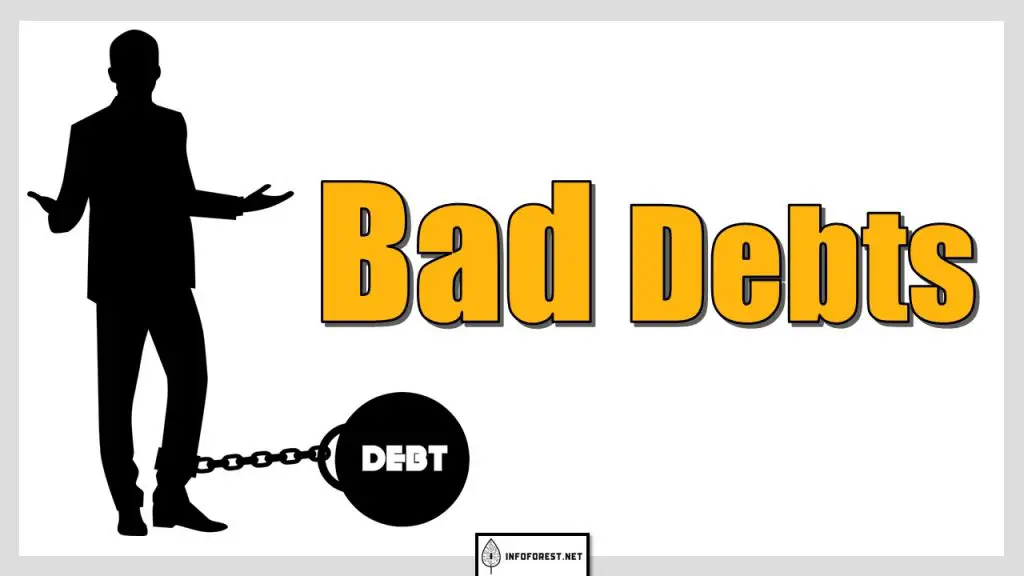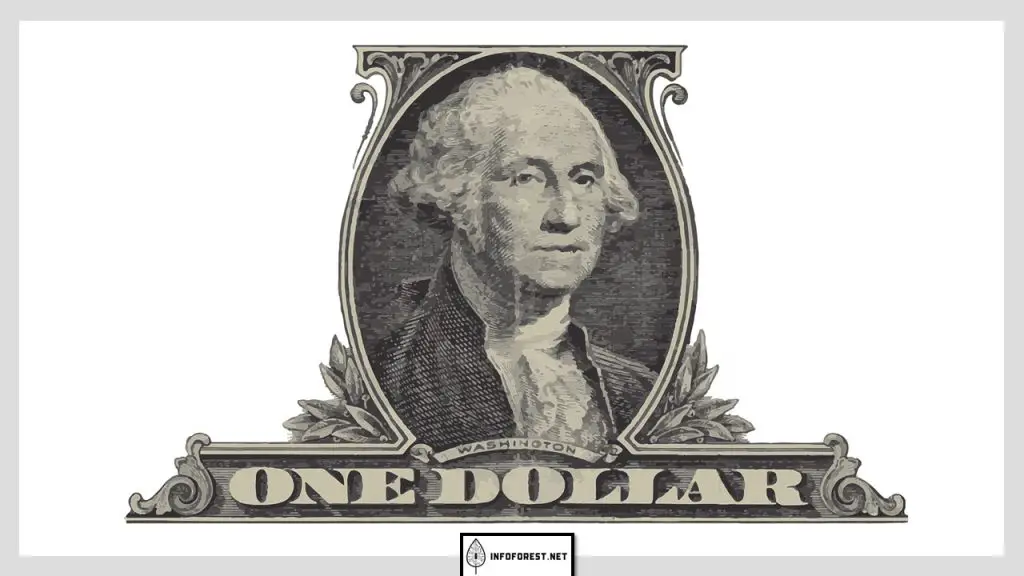
In accounting and finance, bad debts and doubtful debts refer to the amount of money that a company may not be able to collect from its customers or clients. Bad debts are debts that a company has determined are unlikely to be paid off by the borrower, while doubtful debts are debts that a company has identified as having a higher risk of not being paid off, but there is still some uncertainty. This means that, while a company may still make an effort to collect on doubtful debts, it has written off bad debts as a loss. The distinction between bad and doubtful debts is important for accounting and tax purposes, as well as for understanding a company’s financial health.
Bad Debts
Bad debts are debts that a company has determined are unlikely to be paid off by the borrower. These are also known as “uncollectible accounts” or “allowance for doubtful accounts.” When a company extends credit to a customer, it records the amount of the sale as an asset on its balance sheet, with the expectation that the customer will pay the debt. However, if the customer is unable or unwilling to pay the debt, the company may determine that the debt is a bad debt.
When a debt is determined to be bad debt, the company will typically write off the debt and remove it from its assets. This is done by creating an expense account called “allowance for doubtful accounts” or “allowance for bad debts” and crediting this account for the amount of the debt. This reduces the assets and increases the expenses on the company’s financial statements. This process is known as “bad debt provision” or “bad debt expense”
It is important for companies to have a process in place for identifying and writing off bad debts in order to maintain accurate financial records and to ensure that they are not overstating their assets or understating their expenses.
Doubtful Debts
Doubtful debts are debts that a company has identified as having a higher risk of not being paid off, but there is still some uncertainty. These are also known as “potentially uncollectible accounts” or “allowance for doubtful accounts.” Doubtful debts are debts that the company has not yet determined to be uncollectible, but the company has doubts regarding the customer’s ability or willingness to pay the debt.
When a company identifies a doubtful debt, it will typically make an effort to collect the debt. However, the company will also make a provision for the debt in its financial statements, known as “allowance for doubtful debts” or “allowance for doubtful accounts.” This is an estimate of the number of doubtful debts that the company expects to write off.
The provision for doubtful debts is calculated by the company’s management and is based on factors such as the creditworthiness of the customer, the length of time the debt has been outstanding, and the likelihood of the customer paying the debt in the future. The provision for doubtful debts is recognized as a reduction of the company’s assets and an increase in its expenses on its balance sheet.
It is important for companies to have a process in place for identifying and provisioning for doubtful debts in order to maintain accurate financial records and to ensure that they are not overstating their assets or understating their expenses.

Main Differences
The main differences:
- Certainty: Bad debts are debts that a company has determined are unlikely to be paid off by the borrower, while doubtful debts are debts that a company has identified as having a higher risk of not being paid off, but there is still some uncertainty.
- Write-off: Bad debts are written off as a loss, while a company may still make an effort to collect on doubtful debts.
- Financial Statements: Bad debts are removed from a company’s assets, while doubtful debts are provisioned as a reduction in assets and an increase in expenses on a company’s balance sheet.
- Creditworthiness: Bad debts are usually debts from customers with poor creditworthiness, while doubtful debts are usually debts from customers with uncertain creditworthiness.
- Provisions: Bad debts are recognized as an expense in the profit and loss statement, while doubtful debts are recognized as a provision in the balance sheet.
- Time: Bad debts are debts that have been overdue for a long time and have little chance of recovery, while doubtful debts are debts that have been overdue for a shorter period of time and have a higher chance of recovery.
It’s important to note that the distinction between bad and doubtful debts is not always clear-cut and there can be some overlap between the two. The main idea is that bad debts are considered as a total loss, while doubtful debts are considered as a potential loss.
We also invite you not to miss our other popular articles such as:
Difference Between Rose Gold and Yellow Gold– ChatGPT–Difference between left and right Twix–Difference Between Eastern Time Zone and Central Time Zone–Difference Between Capitalism and Communism– Difference Between EST and EDT–How many weeks in a Year– Difference Between Evening and Afternoon –Democrat vs Republican
Examples of Bad Debts and Doubtful Debts
Here are a few examples :
- A customer has a past-due balance of $5,000 and has not made any payments or contacted the company in several months. The company determines that the customer has filed for bankruptcy and is unlikely to pay the debt. This would be considered a bad debt.
- A customer has a past-due balance of $2,000 and has not made any payments for the last two months. The company has made multiple attempts to contact the customer but has not received any response. The company estimates that there is a 50% chance the customer will pay the debt. This would be considered a doubtful debt and the company would make a provision for the debt in its financial statements.
- A customer has a past-due balance of $1,000 and has not made any payments for the last month. The company has made multiple attempts to contact the customer and the customer has promised to make the payment next week. This debt would not be considered bad debt or doubtful debt since the company is still waiting for the payment.
- A customer has a past-due balance of $3,000 and has not made any payments for the last three months. The company has made multiple attempts to contact the customer and the customer has informed the company that they are unable to pay the debt due to financial difficulties. The company estimates that there is a 30% chance the customer will pay the debt. This would be considered a doubtful debt and the company would make a provision for the debt in its financial statements.
It’s worth noting that the examples provided are not exhaustive and the distinction between bad and doubtful debts can vary based on the company’s policies, regulations, and the circumstances of the debt.

Comparison Table
Here is a comparison table summarizing the main differences.
| Bad Debts | Doubtful Debts | |
| Certainty | Determined as unlikely to be paid off by the borrower | Identified as having a higher risk of not being paid off, but there is still some uncertainty |
| Write-off | Written off as a loss | A company may still make an effort to collect on the debt |
| Financial Statements | Removed from a company’s assets | Provisioned for a reduction in assets and an increase in expenses on a company’s balance sheet |
| Creditworthiness | Usually from customers with poor creditworthiness | Usually from customers with uncertain creditworthiness |
| Provisions | Recognized as an expense in the profit and loss statement | Recognized as a provision in the balance sheet |
| Time | Debts that have been overdue for a long time and have little chance of recovery | Debts that have been overdue for a shorter period of time and have a higher chance of recovery |
It’s important to note that the distinction between these two is not always clear-cut and there can be some overlap between the two. The main idea is that bad debts are considered as a total loss, while doubtful debts are considered as a potential loss.
Most Viewed Articles
Conclusion
In conclusion, bad debts and doubtful debts are both types of uncollectible accounts that a company may not be able to collect from its customers or clients. The main difference between the two is the level of certainty that the debt will not be paid off. Bad debts are debts that a company has determined are unlikely to be paid off by the borrower, while doubtful debts are debts that a company has identified as having a higher risk of not being paid off, but there is still some uncertainty.
When a debt is determined to be bad debt, the company will typically write off the debt and remove it from its assets. This is done by creating an expense account called “allowance for doubtful accounts” or “allowance for bad debts” and crediting this account for the amount of the debt. This reduces the assets and increases the expenses on the company’s financial statements.
When a company identifies a doubtful debt, it will typically make an effort to collect the debt. However, the company will also make a provision for the debt in its financial statements, known as “allowance for doubtful debts” or “allowance for doubtful accounts.”
It is important for companies to have a process in place for identifying and writing off bad debts and provisioning for doubtful debts in order to maintain accurate financial records and to ensure that they are not overstating their assets or understating their expenses.
We also invite you not to miss our other popular articles such as:
Absolute Advantage vs Comparative Advantage–What is Portfolio –How To Write a Cover Letter – What is Climate change– Intermittent Fasting–What is Creatine–What is ADHD–How to write a CV– What Is Collagen–What Is Dragon Fruit– Mediterranean Diet–Characteristics of a Narcissist–What is SEM – What is SEO–What is RSV– What Is Web 3.0–What is NFT–What is a Recession– What Is Bitcoin– What Is PayPal and How Does it Work – Kilometer vs Mile – How to get rid of hiccups What does TBH mean – What does NSFW mean – What does IG mean–What does CAP mean– What is normal blood pressure –What is the rarest blood type–Difference Between Hotel And Motel – Differences Between Chinese and Japanese and Difference Between Zip Code and Postal Code










